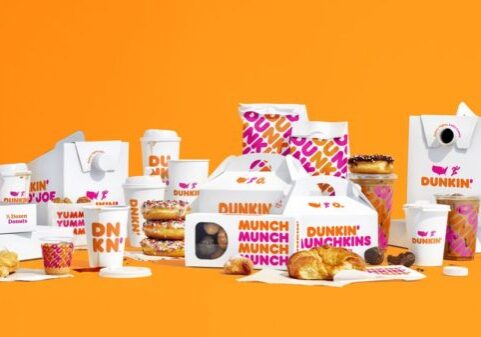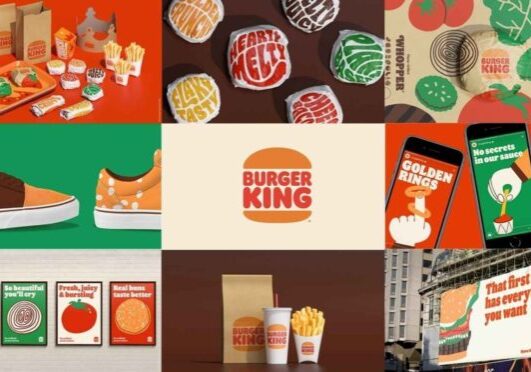The Pepsi Challenge was a marketing campaign started in 1975. It was simply a blind taste test between Pepsi and Coca-Cola, touting that even Coca-Cola fans choose Pepsi. It was a wildly successful marketing strategy that they revisited for decades. Coca-Cola even ran their own private tastes test, through which they found Pepsi was indeed chosen over half of the time, and panicked. They briefly released New Coke in 1985, a formula more similar to Pepsi’s cola. This initiative turned out to be one of the biggest failures in established branding history. Coca-Cola consumers were wildly disappointed. Miraculously, despite Coca-Cola’s snafu, and Pepsi’s increased market share, Coca-Cola remained number one in the soda game, and still reigns today.
In 2004, Baylor College of Medicine performed a version of the Pepsi Challenge with subjects hooked up to a functional magnetic resonance imaging (fMRI) machine. The results were interesting. In blind taste tests, most people preferred Pepsi, just like the Pepsi Challenge. The Pepsi drinks lit up activity in an area of the brain known as the ventral putamen, which helps us evaluate different flavors. It would seem that Pepsi does taste better! However, when the subjects were told which beverage they were sampling before they tasted it, they decided Coca-Cola tasted better. The fMRI scans showed the sips of Coca-Cola increased activity in the medial prefrontal cortex. This part of the brain is more involved in decision making. When the subjects knew they were drinking Coca-Cola, they weren’t simply evaluating flavor, they were considering memories and experiences. The study’s conclusion was that this prefrontal activity was associating the soda with the brand, in effect, overriding the taste buds. When choosing Coca-Cola, consumers are choosing the brand they know and love. Building a successful brand is more than a good product, it’s building a comprehensive experience.

What is Typography?
Essentially, typography is the visual component of the written word. It is the technique, and art, of arranging letters in a way that makes the text legible, clear, and visually appealing to the reader. Typography involves the structure, size, weight, and style of the characters. It also considers the amount of space between the letters,…

What is Clear Space?
Clear space refers to a specific amount of are a logo is defined to have on all sides (in a brand standards manual or house style guide), no matter where the logo is applied. The reason for clear space is to ensure the logo maximizes visibility and impact. There is no set rule for defining…

Avoid These 6 Branding Mistakes
In today’s highly competitive market, a strong brand presence is essential for any business to thrive. But building and maintaining a powerful brand is no easy feat. It requires careful attention to detail, strategic planning, and consistency. Unfortunately, many businesses falter by making critical branding and marketing mistakes that can hinder their long-term success. From…

How Dunkin’ Successfully Rebranded in 2019
The history of Dunkin’ began with a restaurant called “Open Kettle” in Massachusetts, in 1948. Founder William Rosenberg served donuts for five cents and premium cups of coffee for ten cents. Rosenberg renamed his restaurant “Dunkin’ Donuts” in 1950, and franchised his brand in 1955. Since 1950, the number of Dunkin’ restaurants has increased to…

Why You Should Care About Branding Your Business
It is safe to assume most everyone will look you up on Google prior to visiting your business, hiring you for a service, or purchasing your products and/or services. Whenever you interact with people, whether in-person or online, how you present your brand is exceedingly important. Think of all of the brands you know. While…

The Future of Branding: How Technology is Shaping the Industry
Executive Summary As we move further into the digital age, technology continues to revolutionize the branding landscape. This white paper will examine the key technological developments shaping the future of branding and discuss how businesses can leverage these advancements to create stronger brand identities, enhance customer experiences, and maintain a competitive edge. Topics covered include…

6 Reasons why a Strong Brand is Important for your Small Business
Building a strong brand is a critical component of any successful business. A well-crafted brand strategy not only helps businesses establish recognition and build trust with their customers, but also supports advertising efforts and inspires employees. Furthermore, strong branding can increase a business’s financial value and generate new business opportunities through word-of-mouth referrals. As the…

A Brand Refresh fit for a (Burger) King
Not too long ago, Burger King underwent a major brand refresh not too long ago! They hadn’t rebranded since 1999, and this new rebrand feels super fresh and juicy. At first glance, some may think they simply returned to their most successful old logos, of which appeared in 1969 and 1994 – but it’s so…

